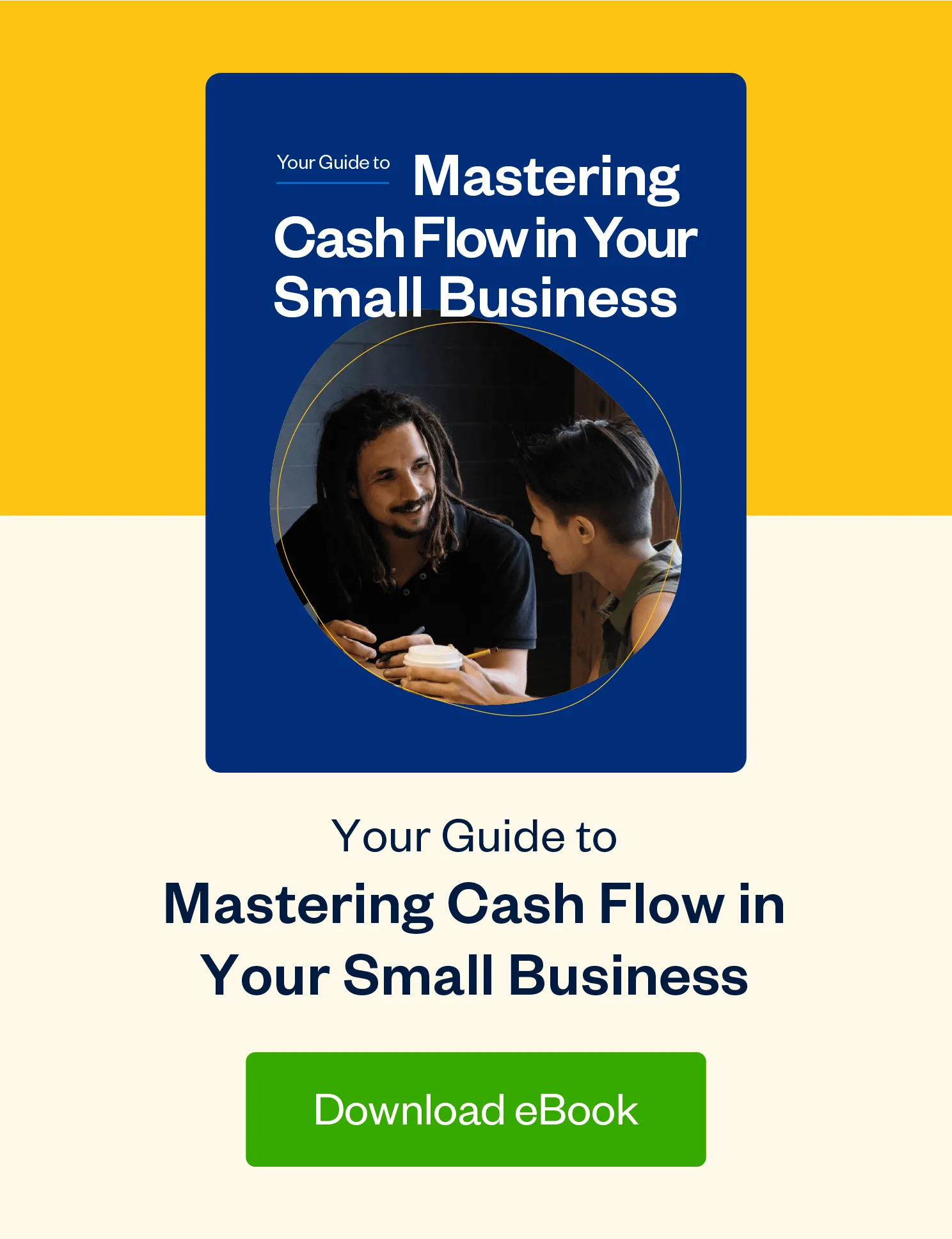Does the thought of incorporating seem daunting, and unnecessary, for your small business? Learn about the legal structure of a U.K. business, and what's best for you.

You may be stuck trying to figure out which business structure is right for your company. If you’re a sole trader, should you stay this way? Or have you been thinking about becoming a limited company and registering with Companies House?
Picking, or changing, your legal structure is a big decision. And if you’re unsure of what you’re doing, it can be a little confusing.
We’ve put together a guide to the 4 most common business structures in the U.K. Please keep in mind this is general business advice and should not replace the advice of an accountant or financial adviser.
Table of Contents
What Are the Different Business Structures?
Before we go any further, let’s take a look at what the different business structures are. In the U.K., you can choose between being (or changing to) a:
- Sole trader
- Partnership
- Limited liability partnership (LLP)
- Limited company
Depending on how much you earn—or how much you want to earn—one type of structure may be better for your revenue goals than the others. And after you’ve made your decision, you may find you need to register your business with Companies House.
The 4 Types of Business Structure in the U.K.
1. Sole Trader
If you earn more than £1,000 during the tax year through working for yourself, you’re classed as a sole trader. You’ll need to pay your own taxes, and you get to keep the profits after this. But you’re personally responsible for your business’ debts. You can hire other people, too.
As a sole trader, you’ll pay income tax, and Class 2 and 4 National Insurance contributions on profits of over £12,570. How much income tax you pay will depend on how much you earn:
- 20% for income between £12,571–£50,270
- 40% for income between £50,271–£150,000
- 45% for income over £150,000
And if you live in Scotland, there are different rates.
The amount of National Insurance you pay is also based on what you earn:
- Nothing for profits under £6,515
- £3.05 per week for profits between £6,515–£9,568 (Class 2)
- 9% for profits between £9,569–£50,270 (Class 4)
- 2% for profits of £50,270 and above (Class 4)
If you earn more than £85,000, you’ll need to register for value added tax (VAT).
Pros of Being a Sole Trader
It’s fairly straightforward to get set up as a sole trader. You tell HMRC you’re self-employed and will pay income tax and National Insurance through self-assessment. The running costs are relatively low, too.
Cons of Being a Sole Trader
You’re personally responsible for your business’ losses. If you’re in debt, your assets are at risk.
Choose This Structure If:
- You’re just getting started with running your own business or are freelancing on the side of a full-time job
- You’re earning £50,270 or less per year, to avoid the higher tax rates
- You have few personal assets
2. Partnership
When 2 or more people have similar business and revenue goals, they may consider forming a partnership. They’re jointly responsible for their business’ management and profits, and they share the latter between them. Each partner pays income tax and National Insurance contributions on their share of the profits and must register as self-employed with HMRC. The partners also pay VAT if they earn more than £85,000.
1 person needs to be a nominated partner, responsible for managing the partnership’s tax returns and keeping records. You should have a partnership agreement document outlining:
- Liabilities
- Ownership
- How profits are split
- What happens when a partner leaves
All partners are responsible for any debts the business owes.
Pros of Being in a Partnership
As with being a sole trader, establishing a partnership is fairly straightforward. All partners register as self-employed with HMRC. And in a partnership, there are more opportunities for you to raise finance for the business, and you have access to shared knowledge and resources.
Cons of Being in a Partnership
The cons of being in a partnership are similar to the cons of being a sole trader, too. Your personal assets are at risk if you’re in debt. And partners may find themselves facing disagreements from time to time.
Choose This Structure If:
- You want the straightforward set up of self-employment but with more people to raise money
- You’re earning less than £50,270 per year
- You and your partners share similar business goals
3. Limited Liability Partnership (LLP)
A limited liability partnership is a part-partnership, part-limited company. Unlike in a partnership, there’s no limit to the number of partners there can be in an LLP. But at least 2 of you have to be designated partners responsible for filing annual accounts.
But similar to a limited company, a limited liability partnership protects its members’ assets and limits liability for however much has been invested in the business, along with any personal guarantees that were given when raising loans.
Each member’s share of the profits is considered taxable income, like in a partnership. This means each member must register as self-employed, complete a separate tax return, and pay National Insurance contributions, income tax, and VAT (if they earn over the threshold).
Pros of Being in an LLP
You get the benefits of both a partnership and a limited company. Like a partnership, it’s easy to get set up. And like a limited company, your assets are protected in the event of insolvency.
Cons of Being in an LLP
All partners must disclose their income, and your business will be struck off if you don’t begin trading within 1 year of registering.
Choose This Structure If:
- You want the benefits of a limited company and have plans to start trading soon
- You and your partners share similar goals for the business
4. Limited Company
If you earn £50,271 or more per year, then it’s worth considering becoming a private limited company. Limited companies need a director, shareholder, and guarantor, and you can take up all these positions yourself.
If your business faces insolvency, you may lose the money you invested in the company. But your personal money will be protected as a limited company is a separate legal entity to you.
You can pay yourself in dividends. These are tax-free for the first £2,000 and subject to lower income tax rates afterwards.
The rates are:
- 7.5% for the basic rate
- 32.5% for the higher rate
- 38.1% for the additional rate
Dividend tax rates will rise by 1.25% in April 2022 to help pay for NHS and social care costs.
Limited companies also need to pay corporation tax on the profits they make. The flat rate for corporation tax is currently 19% and is payable 9 months and 1 day after the end of your accounting year. If your year ends on 31st March, you’ll have to pay corporation tax by 1st January.
For this, you’ll need to complete a CT600 (company tax return) form no later than 12 months after your first accounting year.
And if you pay yourself a salary, you’ll need to deduct Class 1 employee contributions from this and pay these to HMRC. Your company will also have to pay Class 1 employer contributions at 13.8% unless this is covered by the employment allowance.
The current rates for Class 1 employee contributions are:
- 12% for pay between £717–£4,189 per month
- 2% for any pay over £4,189 per month
Lastly, you’ll need to pay VAT on any profits over £85,000.
Pros of Running a Limited Company
If you pay yourself in dividends, you’ll pay a lower rate of tax than you would as a sole trader. And if your business faces debt, your assets aren’t at risk as the company is a separate legal entity to you.
Cons of Running a Limited Company
There are set-up fees for launching limited companies. For starters, you need to be registered with Companies House. And once you’re established, your financial information must be published in the public domain.
Choose This Structure If:
- You’ve started earning more than £50,270 and want to be subject to lower tax rates
- You have assets you don’t want to risk in the event of insolvency
Choose a Business Structure That Supports Your Revenue Goals
There’s no one-size-fits-all for choosing a business structure, and the structure you pick—or move to—will depend on your goals for the business. As you will have seen from our guide, different business structures are subject to different tax rules.
Enlisting the help of an accountant or financial adviser can do wonders for your business. They may be able to help you choose the best business structure for your revenue goals.

Written by Greg Henley, Freelance Contributor
Posted on January 20, 2022

 How Your Business Structure Affects Your U.K. Taxes
How Your Business Structure Affects Your U.K. Taxes 7 Reasons Why Digital Business Records Are So Important Beyond Tax Time
7 Reasons Why Digital Business Records Are So Important Beyond Tax Time How to Enjoy a Stress-Free U.K. Tax Season With FreshBooks
How to Enjoy a Stress-Free U.K. Tax Season With FreshBooks





